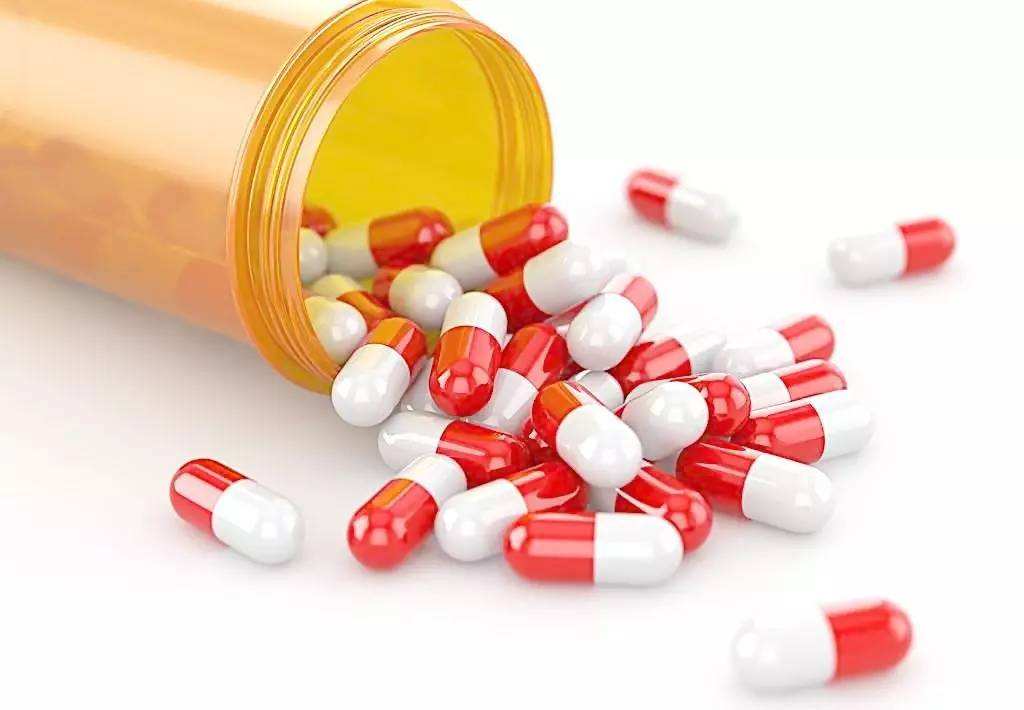On July 18, FiercePharma released the 2021 TOP10 list of global generic drug giants.
The global sales of generic drugs in 2021 is unknown, but judging from the revenue of the top 10 generic drug giants, the overall market has improved, and the revenue of generic drugs of 8 companies has increased. Two other companies, Teva and Sandoz, fell by around 3% in revenue.
After a period of stagnant sales largely because of increased competition and pricing pressures, the generic drug industry took another hit during the coronavirus pandemic. In its 10-K annual report to the Securities and Exchange Commission, generics giant Teva described how the pandemic impacted sales of its copycat drugs. The company noted that "supply discontinuities due to regulatory actions, labor disturbances and approval delays" all affected its overall performance. The drugmaker likely wasn't alone.
While the pandemic has helped stall the growth long predicted for the industry, the stars finally appear to be aligned positively for generics. With patents expiring on many branded blockbusters, governments working to reduce drug prices, chronic diseases on the rise and robotic automation cutting the cost of regulatory compliance and manufacturing, the time may be right for generic drug sales to take off.
For three straight years (2018-2020), global generic sales were stuck at $74 billion. But German marketing and consumer data research firm Statista now sees generics revenues increasing steadily, reaching $99 billion by 2026.
TOP10 sales of global generic drug giants in 2021
| Rank | Company | Country | 2021(billion) | 2020(billion) | Change |
|---|---|---|---|---|---|
| 1 | Teva | Israel | 8.99 | 9.31 | -3% |
| 2 | Sandoz | Switzerland | 7.5 | 7.7 | -2.6% |
| 3 | Viatris | Pennsylvania | 5.63 | 5.29 | +6% |
| 4 | Sun Pharma | India | 4.64 | 4.52 | +3% |
| 5 | Fresenius Kabi | Germany | 3.72 | 3.58 | +4% |
| 6 | Aurobindo | India | 3.18 | 2.97 | +7% |
| 7 | Cipla | India | 2.65 | 2.47 | +7.3% |
| 8 | Aspen Pharmacare | South Africa | 2.2 | 1.96 | +12% |
| 9 | Dr. Reddy's Laboratories | India | 2.17 | 1.92 | +11.5% |
| 10 | Hikma | London | 1.88 | 1.73 | 9% |
Note: Generic sales of Fresenius Kabi are estimates; generic sales of Viatris do not include complex generics; sales of biosimilars are not counted
In 2021, Teva tops the list with $8.99 billion, but has seen generic sales decline for five consecutive years. In 2016, Teva paid $40.5 billion for Actavis, Allergan’s generic drug unit. With the help of Actavis, Teva achieved $11.99 billion in generic drug revenue, but it has been in decline since then.
Sandoz, the generics business unit of Novartis, has generic sales of $7.5 billion in 2021, down from $7.7 billion in 2020. Since 2019, the statement that Novartis intends to spin off Sandoz has been circulating in the industry, and many companies and institutions have expressed their willingness to buy. And now “boots are about to land”, and the decision to divest or sell will be made this year.
Of the 8 companies with generic drug revenue growth, 4 are Indian companies. Among them, Sun Pharma ranked fourth with $4.64 billion, behind Viatris. Aurobindo and Cipla ranked 6th and 7th, respectively, with generic drug revenue increasing by about 7%.
Among Indian companies, Dr. Reddy’s Laboratories’ generic drug revenue increased by 11.5%. Notably, the company has struck a deal with BMS to launch a generic version of its blockbuster drug Revlimid in the U.S. in 2022.
Generic drug sales revenue growth has been stagnant for a long time due to increased competition and pricing pressure. And the Covid-19 pandemic has hit sales of generic drugs again. According to statistics, the global sales of generic drugs have been around US$74 billion for three consecutive years (2018-2020).
With patents on many branded blockbusters expiring, government efforts to lower drug prices, growing incidences of chronic diseases, and machine automation enabling regulatory compliance and lower production costs, the time for generic drug sales to grow appears to have come. Statista, a data analytics company, said generic drug revenue will grow steadily in the future, reaching $99 billion in 2026.









